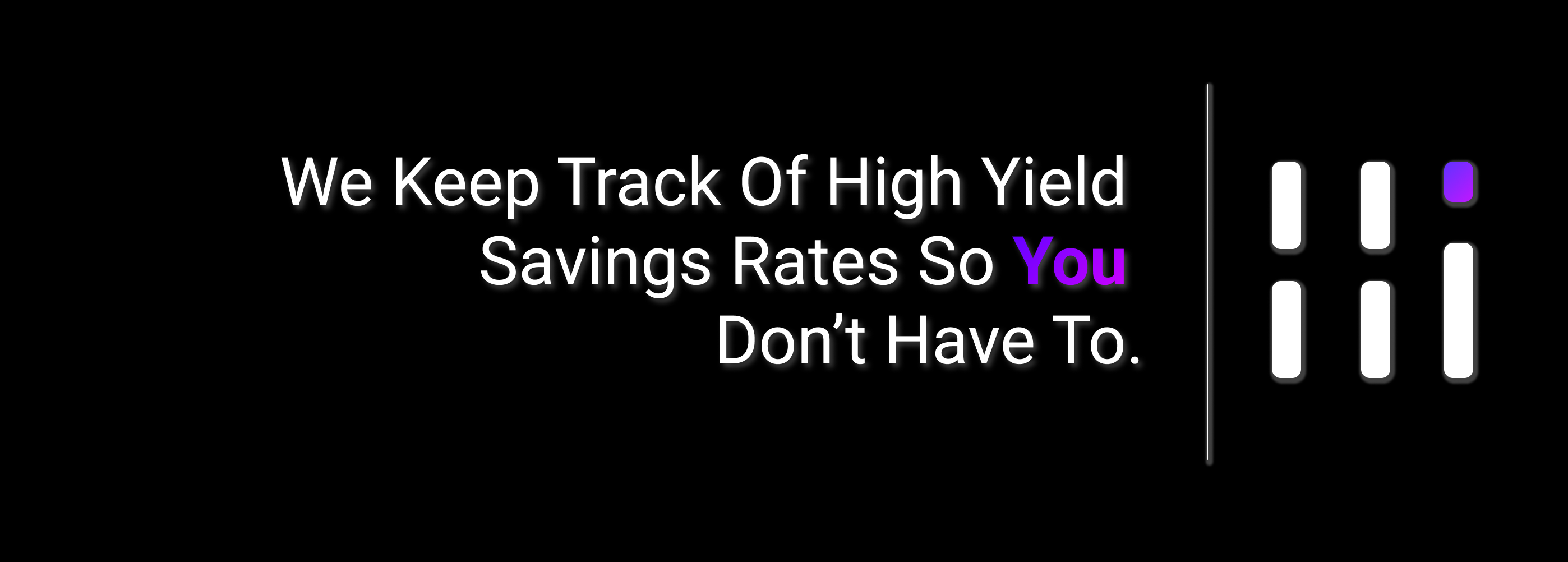UPDATE: Nov 2025:
This app is not longer Live, please see Sunsetting High Interest

The idea for High Interest came to me around September 2024. At the time, I'd been using Northmill for a while as a high-yield savings account for my emergency fund. It was convenient, but I started noticing that their interest rate changes didn't always align with shifts in the Riksbank's policy rate. Curious, I decided to take a closer look and quickly realized that their competitors weren't adjusting their rates in parallel.
The pattern became clear: many of these banks use high-yield savings accounts as a customer acquisition tool. The playbook is simple—lure in new customers with an enticingly high interest rate during a period of heavy marketing, then quietly lower it over time. This approach increases their profit margins as customers fail to move their money elsewhere. Alternatively, it could be seen as a loss leader, where firms are happy to pay out a high yield in the hopes that the brand awareness and user satisfaction lead customers to use their platform later on when it comes time to apply for a housing loan or they need to take on debt. q To be honest, I don't necessarily have any issue with this as a business model—it's clever and fairly common in many industries. What frustrated me, though, was the lack of transparency in comparing these platforms. I realized there wasn't an easy way for retail customers like myself to track how rates were changing over time or compare rates across different banks. The existing comparison websites weren't much help as they usually just showed current rates and were oftentimes outdated when I cross-checked the data they were providing with the source website. On top of this, they didn't provide any historical context or insight into trends on how the different platforms were reacting to interest rate changes or general positioning relative to other firms.
Out of that frustration, highinterest.se was born—to solve, if nothing else, my own problem. It's pretty quick to see that the basis points gained in yield one gets from switching is not substantial, even if compounded over time—but I still found the project to be interesting. With time, it will generate more value to users as it continues to gather and display this data, comparing a growing number of platforms.
For now, it will be solely focused on Sweden, but if interest grows (pun intended), I'd be happy to expand to other Nordic or global markets. As always, feel free to reach out ☕